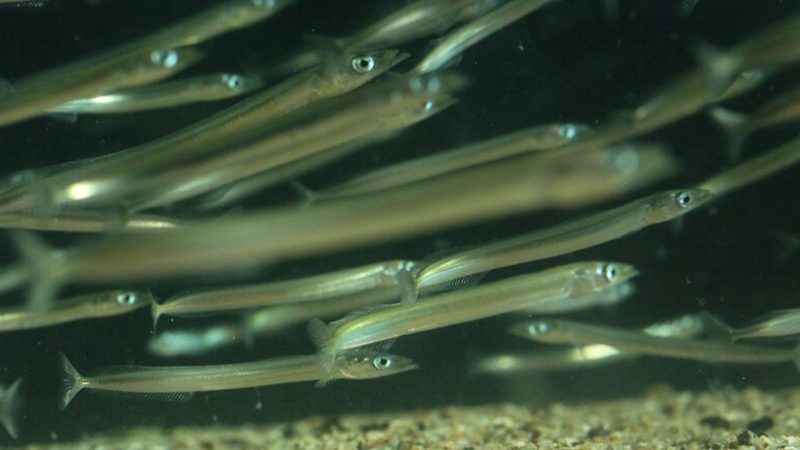The Dominican Republic has now become one of only a handful of countries in the world to have formally committed to protecting over 30 per cent of its waters, making good Global Biodiversity Framework promises to reach the target by 2030.
The 30.8 per cent official designation, announced in the Dominican Republic today with a appearance from ocean conservation legend Sylvia Earle, includes a critical trans-boundary MPA – the first in the Caribbean- straddling the Colombian boundary on the Beata Ridge seamount.
Speaking on behalf of the Dominican Republic government, Jonathan Delance said, “We are very proud to have our new marine protected areas. The fact that we’re expanding our protected ecosystems is a huge achievement for the Dominican Republic. We’re reaching 30% today, six years before the goal. We are very happy to have been in contact with so many allies around the world who shared with us their technical expertise, funding our priorities of research, so we can finally have this reached this incredible goal to have protected 30% of our ocean.”
In a special recorded message, British business magnate Richard Branson said “This is a momentous, wonderful, incredible day. If we can have the world’s oceans, at least 30 per cent of them protected, then it will be a win-win for everybody. It will be a win-win for the fish and the species in the oceans, it will be a win-win for the fishermen in the other 70 per cent of the ocean… It’s great to see the Dominican Republic once again being so bold and brave and leading the way.”
The designations have been based on the scientific information from two major expeditions which took place this year.
Funded by Blue Marine Foundation, Blue Nature Alliance and Wyss Foundation, the first of two research expeditions concentrated on the southern side of the Beata Ridge – an area of critical importance for cetaceans, sea birds, and sharks.
Led by the Caribbean Cetacean Society this was the first expedition of its kind in the country to study these species on the Ridge, which included visual census, hydro-acoustic technology, baited remote underwater vehicles as well as eDNA (analysed by NatureMetrics). The team studied cetaceans – the largest marine mammals including whales and dolphins – as well as seabirds, sharks and fish.
Results showed the area functions as a pivotal region for species connectivity. The habitat serves as both a feeding ground and travel route for rare seabird species (black capped petrel), cetaceans (sperm whales, pilot whales, dolphins), as well as acting as a nursery for diverse marine species including the critically endangered oceanic whitetip shark. The analysis of sea turtle GPS tracking further affirms the area’s significance in their migration.
A secondary expedition supported by Mission Blue concentrated on Silver Bank, undertaken by Yachts for Science on a Bering Yachts vessel. The Silver Bank is one of the most important breeding and calving grounds for the North Atlantic humpback whale population. Every year, between January and April, thousands migrate to the warm, sheltered waters of the Silver Bank to mate, give birth, and nurse their calves. This makes the Silver Bank a critical habitat for the survival and reproduction of this endangered species. Research included photo identification of individuals seen, alongside eDNA sampling to gather a baseline of other marine species in the area.
The historical designation has been supported by an announcement film developed by acclaimed ocean storytellers, SeaLegacy.
Dan Crockett, Oceans and Climate Director of Blue Marine Foundation, said “President Luis Abinader of the Dominican Republic has protected over 30% of their extraordinary marine environment, in the process creating a marine protected area that crosses international borders. This ambitious decision should build urgent momentum for the Caribbean and indeed global action towards 30% effective protection. Blue Marine would like to thank all partners involved.”
Dr Judith Brown, Project Director of Blue Marine Foundation, said “The Government of the Dominican Republic have taken a momentous step toward marine conservation leadership with this evidence-based designation. It will preserve migratory pathways of key species like sperm whales and advance MPA connectivity across borders, hopefully acting as a catalyst to accelerate the establishment of a network of marine protected areas throughout the Caribbean.”


















